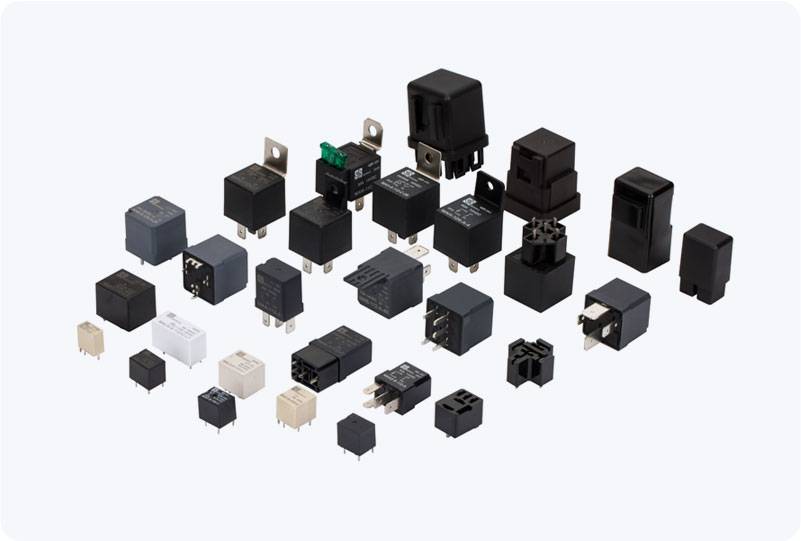In today’s world, where power distribution and automation are fundamental to modern technology, High Current Relays have become crucial components in ensuring the efficient operation of various electrical systems. These relays are designed to handle high electrical loads, making them indispensable in industries such as automotive, industrial automation, and power distribution. The purpose of this article is to explore what High Current Relays are, how they work, and where they are applied.

What is a High Current Relay? A High Current Relay (HCR) is an electromechanical switch designed to control high electrical currents and voltages. While similar to standard relays in their basic operating principle, these relays are specifically engineered to handle much larger currents, often in the range of tens to hundreds of amps. Unlike typical relays, which might be used for low-current control in a circuit, High Current Relays are essential for controlling power in systems that require the switching of large electrical loads. At its core, a High Current Relay operates using an electromagnet to open or close a set of contacts, thus controlling the flow of electricity through the circuit. When the control coil is energized, the magnetic field generated causes the relay to switch, either closing or opening the contacts, thereby completing or interrupting the circuit. What differentiates HCRs is their ability to handle and switch much higher currents, sometimes even in excess of 1000 Amps.